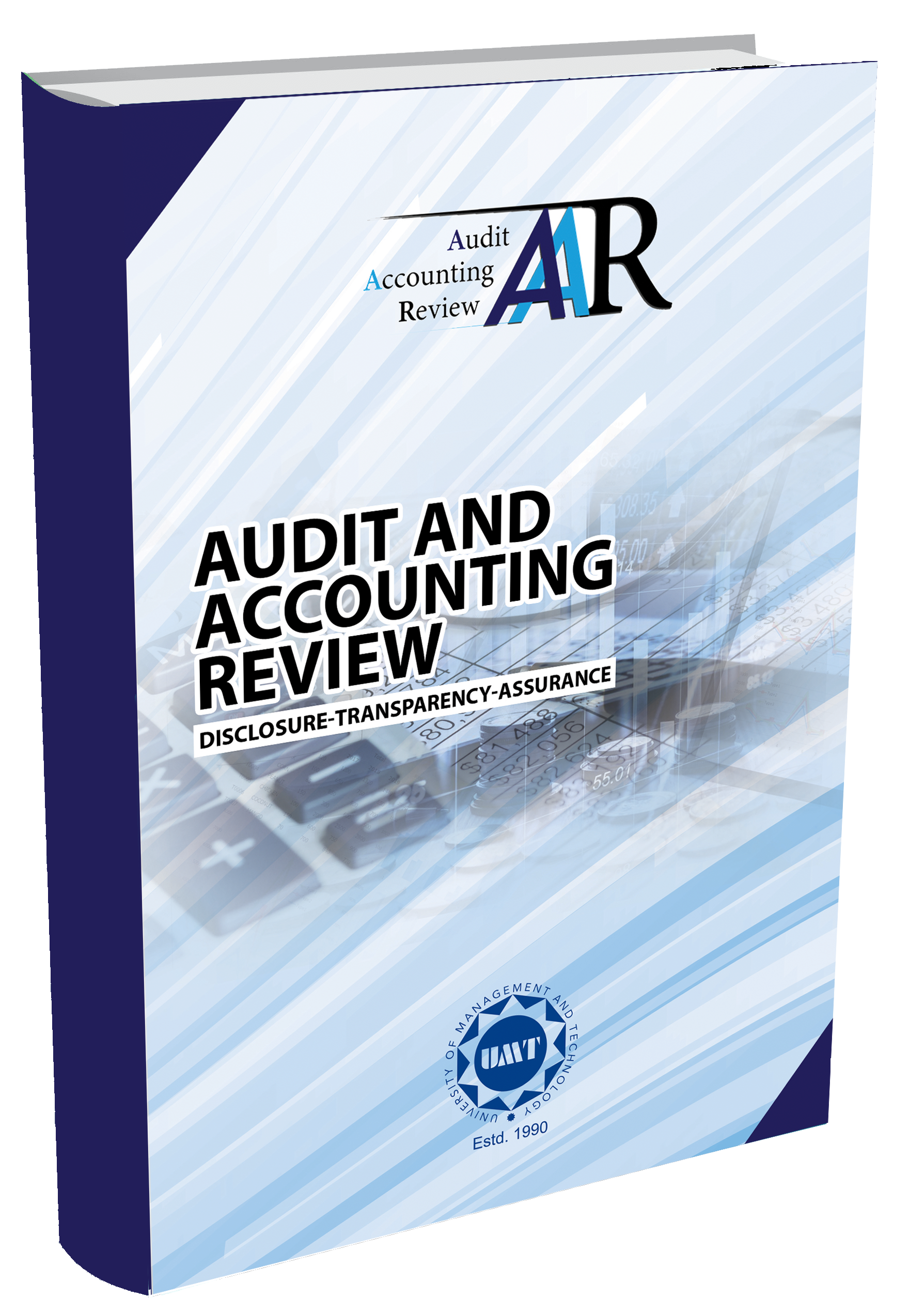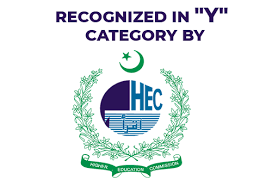Estimating the Financing Required to Fulfill the Education Targets Set by Sustainable Development Goals (SDGs): A Sample Study of Punjab, Pakistan
Abstract
 Abstract Views: 203
Abstract Views: 203
The report of United Nations Development Programme (UNDP) regarding the progress made in achieving the Millennium Development Goals (MDGs) by Punjab, Pakistan claimed that the province veered in its journey to achieve the universal primary education targets. Past evidence showed that the shortage of funds was one among several reasons due to which school education targets of MDGs were not met. Countries all over the world have now signed up for another set of comprehensive Sustainable Development Goals (SDGs), which need to be achieved by 2030. At present, in Punjab, no attempt has been made to meet the targets set by SDGs. This study attempted to determine how much public spending is required to meet a subset of basic education goals, namely the completion of high-quality pre-primary, primary, and lower secondary education. This study only evaluated public spending on school education in Punjab. For this purpose, data was taken for the period 2008-2019. Based on the results, we must increase our education spending on school education by at least 10% in real terms, annually. Furthermore, if the recent trend of spending on school education continues, the rise in spending will only be 5% in real terms, due to which we will not be able to achieve school education-related SDGs in Punjab, Pakistan. At this time, the best thing that the government can do to stimulate progress in school education targets of SDGs is to provide the amount of resources especially when the race towards the attainment of the SDGs is on in all developing and developed countries.
Keywords: expected years of schooling, financial requirements, linear regression, school education, Sustainable Development Goals (SDGs)
Downloads
References
AEPAM. (2017). Pakistan Education Statistics. Ministry of Federal Education and Professional Training, Government of Pakistan, Islamabad.
Alam, S. (2018). Implementation of the 7th FYP and the SDGs: Challenges and way forward. In Keynote speech presented in an international conference in Dhaka in. Bangladesh Development Forum.
Al‐Samarrai, S. (2006). Achieving education for all: how much does money matter? Journal of International Development: The Journal of the Development Studies Association, 18(2), 179-206. https://doi.org/10.1002/jid.1190
Altinok, N. (2007). Do school resources increase school quality? nstitute for research in the sociology and economics of education. Research Papers. Humanities and Social Sciences/Education.
Anshul Bhamra, H. S. (2015). Achieving the Sustainable Developemnt Goals, A Study of Financial Requirements and Gaps. Technology and Action for Rural Advancement, A Social Enterprise of Development Alternatives Grou.
Baker, B. D. (2012). Revisiting the age-old question: Does money matter in education? Albert Shanker Institute. https://eric.ed.gov/ ?id=ED528632
Busemeyer, M. R., Garritzmann, J. L., Neimanns, E., & Nezi, R. (2018). Investing in education in Europe: Evidence from a new survey of public opinion. Journal of European Social Policy, 28(1), 34-54. https://doi.org/10.1177/0958928717700562
Carlson, D., & Lavertu, S. (2018). School improvement grants in Ohio: Effects on student achievement and school administration. Educational Evaluation and Policy Analysis, 40(3), 287-315. https://doi.org/ 10.3102/0162373718760218
Chinzana, Z., Kedir, A., & Sandjong, D. (2015, November). Growth and development finance required for achieving Sustainable Development Goals in Africa. In African Economic Conference. Kinshasa (pp. 2-4).
Crampton, F. E. (2009). Spending on school infrastructure: does money matter? Journal of Educational Administration, 47(3), 305-322. https://doi.org/10.1108/09578230910955755
Finance Department Pakistan. (2019). The Economic Survey of Pakistan. Islamabad: Finance Department Pakistan.
Hedges, L. V., Pigott, T. D., Polanin, J. R., Ryan, A. M., Tocci, C., & Williams, R. T. (2016). The question of school resources and student achievement: A history and reconsideration. Review of Research in Education, 40(1), 143-168. https://doi.org/10.3102/0091732X16667070
Hoy, C. (2016). Can developing countries afford the SDGs? Development Policy Centre, 2016, 1-4.
I-SAP. (2014). Public Financing on Education in Pakistan, Analysis of Fedral, Provincial and District Budgets. Islamabad: Institute of Social and Policy Sciences (I-SAP).
I-SAPS. (2015). Financial Implications of Article 25-A: Case Study of Punjab. Institute of Social and Policy Sciences (I-SAPS).
Khoman, S. (2018). The Financing of Thai Education. In Education in Thailand (pp. 579-596). Springer, Singapore. https://link.springer.com/ chapter/10.1007/978-981-10-7857-6_23
Malik, A. B. (2011). Policy analysis of education in Punjab Province. UNESCO.
Martorell, P., Stange, K., & McFarlin Jr, I. (2016). Investing in schools: capital spending, facility conditions, and student achievement. Journal of Public Economics, 140, 13-29. https://doi.org/10.1016/ j.jpubeco.2016.05.002
Ministry of Education, Governemnt of Pakistan. (2013). National Plan of Action to Accelerate Education Related 2013-16, Achieving Universal Quality Primary. Ministry Of Education, Trainings And Standards In Higher Education.
Naveed & Malik . (2012). Financing Education in Pakistan: The Impact of Public Expenditure and Aid on Educational Outcomes. RECOUP [Working Paper No. 42]. Cambridge, University of Cambridge.
Nsapato, L. E. (2016). Financing for Education 2030 in Africa: An examination of the costs, funding gaps and financing strategies. Transformative Education the Africa we need by 2030, 83.
Ouedraogo, S. (2018). Effects of State Expenditure on the Primary Completion Rate in Burkina Faso. Modern Economy, 9(02), 286-290.
Pakistan Bureau of Statistics. (2017). 6th Population and Housing Census. Islamabad: Pakistan Bureau of Statistics.
Pakistan Bureau of Statistics. (2018). Pakistan Social & Living Standered Measurement Survey (PSLM). Islamabad: Pakistan Bureau of Statistics.
Pakistan Social and Living Standardized Measurement Survey. (2018). https://www.pbs.gov.pk/
Perry, R. H. (2018). Special Education Expenditures in South Texas Public Schools during a Period of Changing Enrollment. Research in Higher Education Journal, v35. https://eric.ed.gov/?id=EJ1194441
Report on Annual School Census. (2017-18). http://175.107.63.45/ newimusite/images/reports/ASC2017-18Final_new.pdf
International Monetry Fund. (2016). Poverty Reduction Strategy Paper. https://www.imf.org/external/np/prsp/prsp.aspx
Steer, L., & Smith, K. (2015). Financing Education: Opportunities for Global Action. Center for Universal Education at The Brookings Institution. https://eric.ed.gov/?id=ED568940
Strand, A. (2015). Financing education in Afghanistan: Opportunities for action [Thesis]. Financing education in Afghanistan: Opportunities for action.
UNDP. ( 2015). Punjab MDGs Status: District overview for 2012-13. UNDP, Pakistan.
UNESCO. (2003). Literacy Trends in Pakistan. UNESCO, Pakistan.
Authors retain copyright and grant the journal right of first publication with the work simultaneously licensed under a Creative Commons Attribution (CC-BY) 4.0 License that allows others to share the work with an acknowledgement of the work’s authorship and initial publication in this journal.







